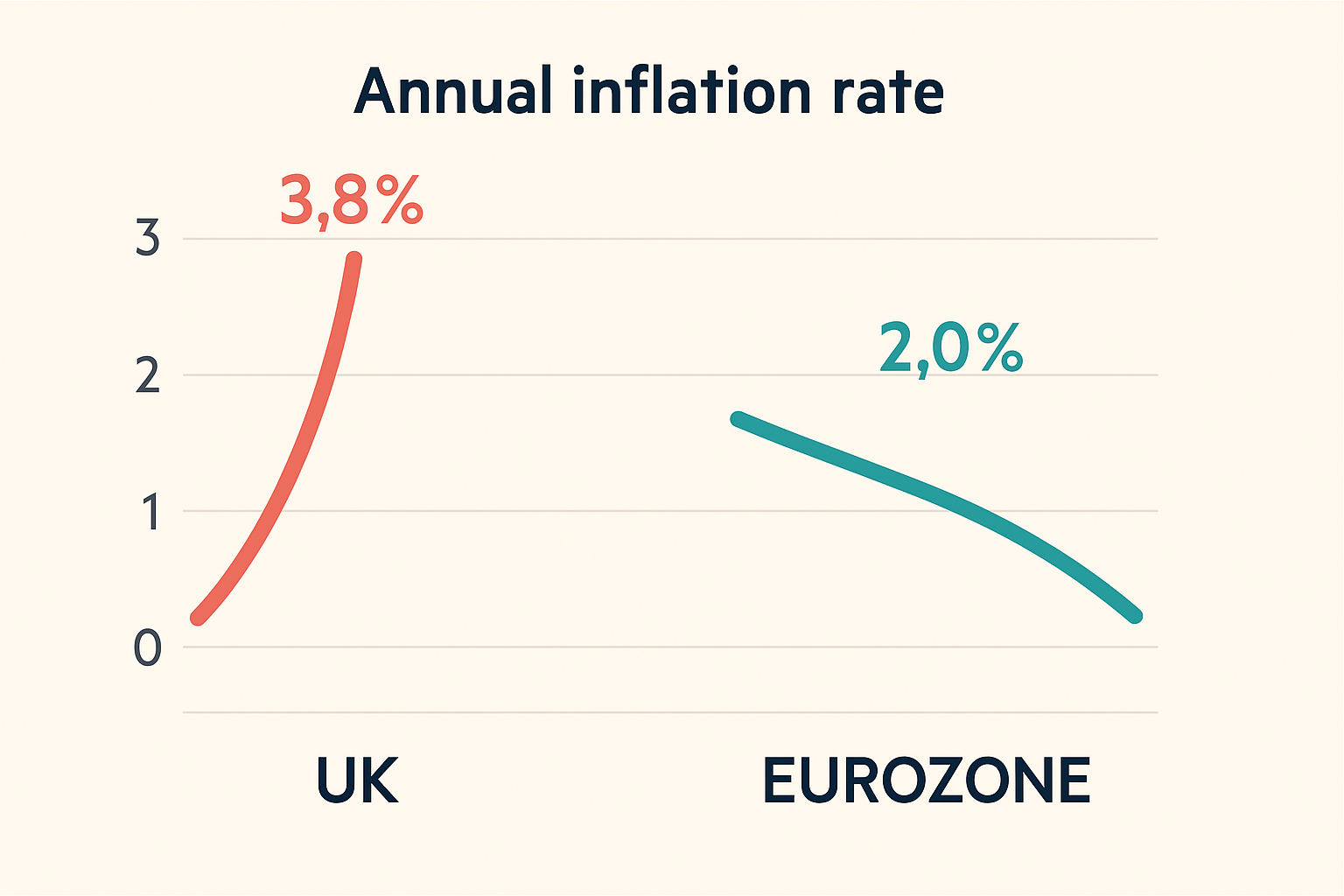Since the 2008 global financial crisis, securitisation — the practice of bundling loans and selling them as securities — has struggled with a reputation problem. Once seen as a key contributor to the meltdown, it has since faced strict regulation aimed at preventing a repeat disaster. While the US market has bounced back strongly, Europe’s has remained sluggish, securitising only about half the loan volume of the US in recent years.
Why Europe Wants a Reboot
The European Commission is pushing to revive securitisation, seeing it as a tool to free up bank balance sheets and stimulate fresh lending. Post-crisis reforms have already made the process far more transparent. Investors can now better assess the underlying loans, and banks are required to retain a share of each deal to keep them accountable.
In June, Brussels published new proposals that aim to make securitisation more attractive. These include changes to encourage banks and insurers to hold more of such securities. The gap with the US is striking: American life insurers allocate around 17% of their portfolios to securitisation, compared with less than 1% in Europe.
The Compliance Challenge
However, the Commission’s plans also introduce new hurdles. Tougher penalties for investors who fall short of compliance are on the table, alongside a rule preventing asset owners like pension funds from delegating legal responsibilities to external managers. Critics warn this could overwhelm compliance teams, given the technical expertise required in such investments.
Complexity vs. Clarity
Another issue is regulatory complexity. A proposed new “resiliency” framework for certain bonds would be layered on top of an existing STS (simple, transparent, standardised) framework, which itself already requires meeting more than 100 criteria. Despite the name, STS remains far from simple — echoing the complexity that made securitisation infamous in the first place.
The Next Act
The European Parliament and Council will now debate these proposals. Observers argue that if the goal is to broaden investor participation, Europe needs a regulatory script that encourages rather than deters. A simpler, more focused framework could help securitisation shed its “villain” image and play a constructive role in strengthening Europe’s financial system.








